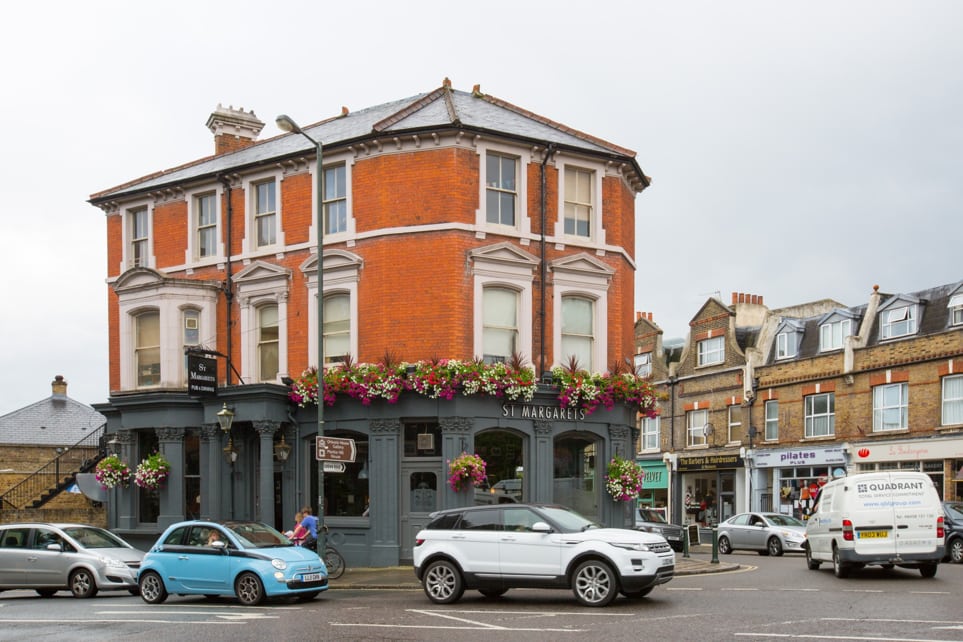Understanding Planning Permission in Richmond St Margarets
London Richmond St Margarets, a charming and historically rich area in southwest London, is renowned for its picturesque streets, period architecture, and vibrant community. Whether you are a homeowner looking to expand your living space, a developer planning a new build, or a business owner seeking to repurpose a commercial property, understanding planning permission in Richmond St Margarets is crucial. This article provides a comprehensive guide to help you navigate the complexities of the planning process and turn your vision into reality.
What is Planning Permission?
Planning permission is a formal approval from your local authority, in this case, the Richmond upon Thames Borough Council, which grants you the right to carry out certain building works or change the use of a property. It ensures that developments are in line with local and national planning policies, protect the character of the area, and address environmental, social, and infrastructural concerns.
When Do You Need Planning Permission?
You may need planning permission in Richmond St Margarets for:
- Home Extensions and Alterations: Adding a rear or side extension, converting a loft, or constructing a basement usually requires approval, especially for properties in conservation areas.
- New Builds: Constructing a new residential or commercial property.
- Change of Use: Switching a property from residential to commercial use or vice versa.
- Alterations to Listed Buildings: Any work that affects the character or structure of a listed building.
- Outdoor Structures: Building a garden room, garage, or significant landscaping changes.
- Flat Conversions: Splitting a single dwelling into multiple units.
Permitted Development Rights
Some minor developments may fall under Permitted Development (PD) rights, meaning they do not require formal planning permission. However, properties in conservation areas or those that are listed typically have restrictions on PD rights. In Richmond St Margarets, many properties fall under these categories, so it’s essential to verify with the local council before proceeding.
Key Considerations for Planning Permission in Richmond St Margarets
- Conservation Areas: Richmond St Margarets boasts numerous conservation areas to preserve its architectural heritage and natural beauty. Any development in these areas must adhere to stricter guidelines to ensure harmony with the surrounding environment.
- Listed Buildings: If your property is listed, any alterations must retain its historical and architectural significance. This often requires both planning permission and listed building consent.
- Design and Materials: The council emphasizes high-quality design and the use of materials that blend with the area’s character. Modern designs may be approved if they complement the traditional aesthetics.
- Impact on Neighbours: Developments should not negatively affect the privacy, sunlight, or views of neighbouring properties. Submitting a daylight and sunlight assessment can help.
- Sustainability: Richmond upon Thames is committed to promoting eco-friendly developments. Incorporating energy-efficient materials, renewable energy sources, and sustainable construction methods can strengthen your application.
How to Apply for Planning Permission
- Pre-Application Advice: Engaging with the Richmond upon Thames planning department early can save time and money. Pre-application advice provides guidance on potential issues and increases the likelihood of approval.
- Submit an Application: Applications can be submitted online via the Planning Portal. Include all necessary documents, such as:
- Site plans
- Design and access statements
- Structural reports (if applicable)
- Environmental impact assessments
- Consultation Period: Once submitted, your application will be open for public consultation. Neighbours and local stakeholders may provide feedback.
- Decision: The council typically makes a decision within 8-13 weeks, depending on the complexity of the project. You’ll receive an approval or a refusal with reasons and advice for resubmission.
Common Challenges and How to Overcome Them
- Conservation Area Constraints: Work with a planning consultant experienced in conservation areas to design a project that meets guidelines.
- Neighbour Objections: Engage with neighbours early to address concerns and incorporate feedback.
- Refusals: If your application is refused, you can appeal the decision through the Planning Inspectorate.
Hiring Professionals
Navigating the planning system can be daunting. Hiring experienced architects, planning consultants, and structural engineers familiar with Richmond St Margarets can streamline the process. These experts can help design compliant plans, manage the application process, and address any challenges that arise.
Final Thoughts
Planning permission in Richmond St Margarets is a vital step in any development project. By understanding the local guidelines, engaging with the community, and working with professionals, you can bring your vision to life while preserving the charm and character of this unique area. For more information, visit the Richmond upon Thames Borough Council’s planning portal or consult with a local planning expert.



No responses yet